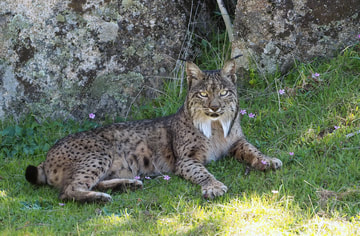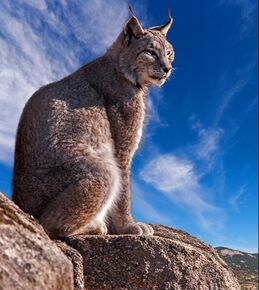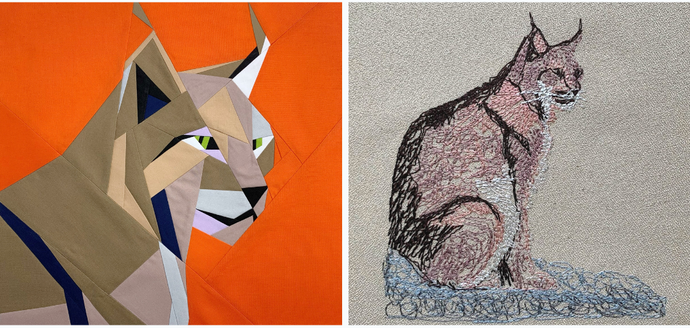|
Though they may look cute and cuddly, but they are no domestic cat. These wild felines are fairly solitary creatures.  Location: Southern Europe: Portugal, Spain Status: Endangered Population: 404 The Iberian lynx Very few people have ever seen an Iberian lynx in the wild. Along with being extremely rare, it is also one of the most elusive species in the world. They lived in some of the wildest and most remote parts of Spain and Portugal. Not to mention that they have amazing camouflage and are very difficult to see. But it's not just camouflage that makes they harder to find, in recent decades their primary food source was dwindling quickly. Diseases had decimated the rabbit populations and it took a huge toll on the Iberian lynx population. Along with poaching and habitat loss also contributed to the lynx population's steep decline. The WWF has been calling for the implementation of measures to help rabbit populations to recover. Because of this reintroduction of healthy rabbit populations, the lynx numbers have been on the rise! Camera trapping the cats Due to the elusive nature of these majestic creatures, they have been implemented camera traps to count and track the Iberian lynx. It is one of the most closely monitored species in the world. Its remaining habitats in Doñana and the Sierra Morena, Spain, are scattered with these high-tech cameras, which help WWF conservationists to better understand and protect the lynx. Fun facts Iberian Lynx are about 3 times the size of the average house cat. Though they are conviores, Lynx do not pose a threat to humans in the wild and have never killed a person. Though the reverse can not be said. Their diet is composed of 90% rabbits. Some more fun facts, females are only pregnant for 2 month before having their litter, primarily in the spring. They can also jump up to 16 feet and run at speeds of 50 mph. Ever wonder about those tufts on the tips of their ear are? The tufts, sometimes known as lynx tips (say that 5 times fast), are the fur that grows from the tips of the ears. According to Catster, cat ear tufts work to keep debris away and help to filter sound directly into a cat's ears. Click here to learn more about the Iberian Lynx, what is being done to help their populations, and how you might get involved. (source: WWF, Live Science, Kiddadl, Aurifil) Check out the April Aurifil Color Builder Thread Club Patterns!
|
AuthorSurface Pattern Designer, Quilt Pattern Designer, Art Quilter, Nature Lover, Wife & Momma to one fur-baby Oscar! Archives
October 2022
Categories |



 RSS Feed
RSS Feed